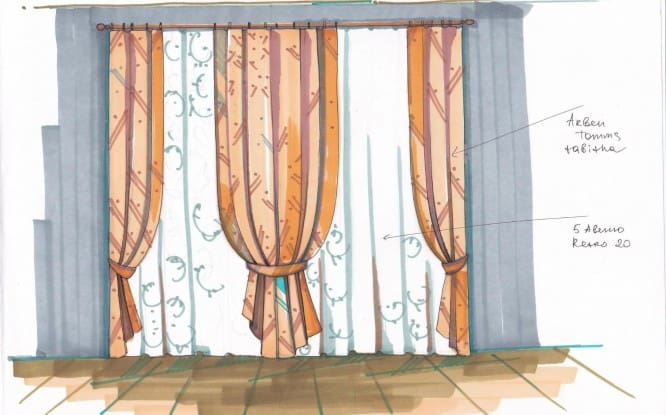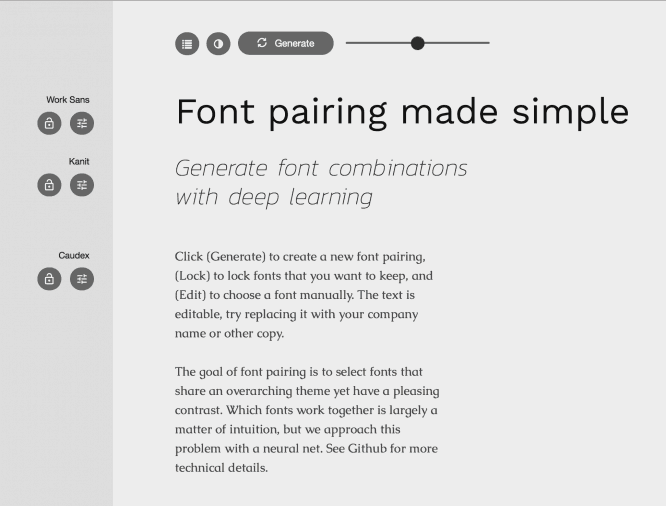How a designer can build a career in IT giants
How a designer can build a career in IT giants
Sasha Ermolenko, one of the most outstanding women in the design environment, talks about a designer’s career in IT companies: Mail.ru, Yandex, Rambler.

Formerly director of the Rambler design department, art director of external communications at Yandex and art director of BBDO, today she works as deputy director of the design department at Mail.ru Group. She also teaches at the HSE School of Design and the British Higher School of Art and Design, Moscow Coding School and Bang-Bang Education.
In an interview, we learned from Sasha how to build a career in giant companies, create products for a million audience and manage designers.
Here are some of the topics we discussed:
– Sasha, what are you doing at Mail.ru?
I am responsible for the direction of the productivity of services – mail, cloud and other products that make the digital life of people easier and more convenient.
– Stop. By mail? So we have a chance to see her update? I registered about 10-15 years ago and I don’t see the difference. Were there any changes?
Of course there were. Many millions of people use the mail, this is a huge audience, so changes should not be abrupt. Such a product should change gradually, the change should not hit the audience that is already using the product. The dynamics of change for such large products is very different from some startups that can afford to update every month. We have a very mature framework that we continually improve and a powerful legacy of user experience that needs to be gently changed. And thanks to all this data, a big update awaits us soon, which has already partially happened.
– Do you come up with new features? If so, with whom do you agree? In agencies, you need to agree with the client, but what about you?
I love working in a product because there is no customer and no customer-performer relationship. There is only a team and you do everything together. Therefore, it does not matter who invented the feature: it can be invented by a programmer, tester, analyst, designer, or project. When a user evaluates the result of our work, he doesn’t care who invented it. We either got into his expectations or we didn’t. Yes, there are people who come up with features more often than others, because this is part of their job, but in fact, we are working on it all together. This is the meaning of the command.
– I wanted to ask you a little about Rambler: are you one of the first to create a design system in Russia?
It doesn’t matter who did it first or second. The question is who was the first to say this. The guys from Mail.ru were the first to talk about this, but most companies faced such a need. They have come to a stage in infrastructure development where the user experience must be optimized – no need to create a new solution that duplicates the old solution, a common system is needed.
A design system is a cool solution to a company’s development problems. The main thing is that it does not become an end in itself for designers. In Rambler, we managed to do it in a holistic manner. We got into a good period – we changed the stack and switched to a single set of technologies with the frontend, rewrote a lot of things and the integration of component solutions was very useful.
– How many designers do you have in your team?
We don’t have very many designers. There are no more than 20 designers in Mail.ru in general, in the very business segment in which I work. And in my team there are less than 10 people, this is a small team, for which I love her madly.
– I want to ask about UX. I’ve noticed that people who have been designing for a long time give it different definitions. What is UX to you?
I want to start from afar, because whenever I hear UI and UX separately, I don’t understand why this whole story about separation is needed. The product is not a conveyor belt, each time you have to solve a new problem. This task may be similar to the previous one or tasks from other companies, but it is rarely repeated and is rarely simple. And in order to solve this problem, you cannot bother with any one area.
For example, you cannot think, “I am only doing the design of the interface. I put gray squares, and let the designer draw further. ” It doesn’t work, people don’t perceive information that way.
Therefore, for me UX, “user experience”, “user experience” is a combination of quality sensations: implementation, visualization, design, support and everything else. All of this is a true “user experience”. I don’t think a designer should do all of this, but he should have a complete understanding of the product he is working with.
Therefore, it is difficult for me to briefly answer what UX is. It’s just two letters.
See the interview to continue.
The conversation turned out to be voluminous and useful for everyone who wants to build a career as a product designer.
Source: vc.ru
…


